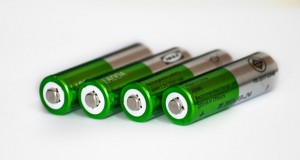If your furnace suddenly stops producing heat, don’t panic. Troubleshooting heating problems could get the warm air flowing again. If you can’t identify or solve the problem, just pick up the phone and call your HVAC pro for expert help.
Here are the three most common areas for troubleshooting furnace issues:
Begin at the Thermostat
If the display screen is blank, replace the battery. If that’s not the problem, make sure it’s in heat mode and dial up the temperature setting a few degrees so the thermostat signals the furnace to cycle on. If it doesn’t start up, go to the main electrical panel and check for a blown fuse or tripped breaker. If everything looks fine, make sure the furnace blower compartment door is fully closed. When it’s closed properly, the door pushes in a small button that allows the furnace to operate.
Take a Look at the Air Filter
The air filter is typically situated inside the blower compartment. Alternately, it may be located behind one of the return air grilles. A clogged filter creates airflow restrictions that can cause overheating. When this occurs, it can trigger a safety feature that shuts down the furnace to prevent a fire. Running the system with a dirty air filter can cause other serious problems as well, such as reduced heat output, higher energy consumption and even equipment damage. Check the air filter monthly and replace it when necessary with the type that’s recommended in your owner’s manual.
Check the Electronic Ignitor or Pilot
Relighting a blown pilot light according to the manufacturer’s instructions may be all it takes to get an older gas furnace running again. On a newer unit, you can try resetting the electronic ignitor that’s situated inside the burner compartment. Remove the compartment cover and set the ignitor button to “off.” After five minutes or so, turn it back on. If the furnace starts up but only runs for a few minutes, have an HVAC contractor check whether the ignitor is faulty.
Contact us today at Cox Air Conditioning & Heating if you need help troubleshooting heating issues in your Clearwater area home.
Image Provided by Shutterstock.com




